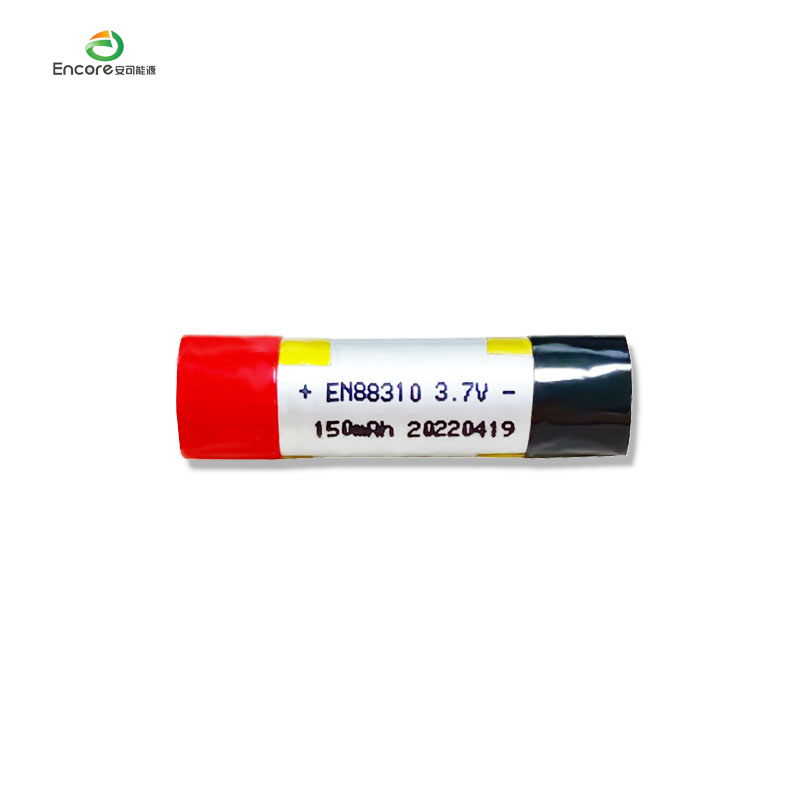- English
- Español
- Português
- русский
- Français
- 日本語
- Deutsch
- tiếng Việt
- Italiano
- Nederlands
- ภาษาไทย
- Polski
- 한국어
- Svenska
- magyar
- Malay
- বাংলা ভাষার
- Dansk
- Suomi
- हिन्दी
- Pilipino
- Türkçe
- Gaeilge
- العربية
- Indonesia
- Norsk
- تمل
- český
- ελληνικά
- український
- Javanese
- فارسی
- தமிழ்
- తెలుగు
- नेपाली
- Burmese
- български
- ລາວ
- Latine
- Қазақша
- Euskal
- Azərbaycan
- Slovenský jazyk
- Македонски
- Lietuvos
- Eesti Keel
- Română
- Slovenski
- मराठी
- Srpski језик
Does the high-power application of li polymer cylindrical battery require forced heat dissipation?
In the application scenarios of continuous high-power discharge such as power tools, li polymer cylindrical battery must usually be equipped with a forced heat dissipation system. When discharging with large current, the electrochemical reaction inside the lithium polymer cylindrical battery intensifies, and the Joule heat generated by the internal resistance will accumulate rapidly. Although it has a certain improvement in thermal stability, under the working conditions that require strong instantaneous explosive power and long working cycle (such as repeated start and stop of electric drills and angle grinders), it is difficult to timely and effectively remove the heat by passive heat dissipation or natural convection of the battery pack shell, resulting in the rapid rise of the battery core temperature to the potential danger zone. Therefore, forced heat dissipation has become a rigid requirement to ensure performance and safety.
Ignoring forced heat dissipation will cause serious damage to the performance and life of the li polymer cylindrical battery. Temperature runaway will accelerate the decomposition of the electrolyte, the degradation of the positive and negative active materials, and the instability of the SEI film, which is directly manifested in a sudden drop in available capacity, a surge in internal resistance, and a significant shortening of the cycle life (life decay can reach more than 70% at high temperatures). More seriously, sustained high temperature may lead to a chain reaction of thermal runaway, causing safety accidents such as battery swelling, leakage, and even fire and explosion. The space of power tools is compact, and the heat dissipation conditions are limited. For this type of high-power density lithium polymer cylindrical battery, active thermal management is particularly critical.
Practice has shown that effective forced heat dissipation is the core means to ensure the reliable operation of such batteries in high-power applications. Common solutions include integrating micro fans in the battery pack for forced air cooling, or using metal thermal conductive brackets to transfer heat to the heat dissipation fins of the tool housing. This can not only maintain the core temperature at a safe threshold (usually below 60°C) during high-intensity work, ensure the stability of the discharge platform and the continuity of output power, but also significantly delay battery aging. Although the addition of a heat dissipation system brings some cost and structural complexity, forced heat dissipation is a necessary and worthwhile investment to realize the potential of the li polymer cylindrical battery in high-power scenarios and ensure user safety.




